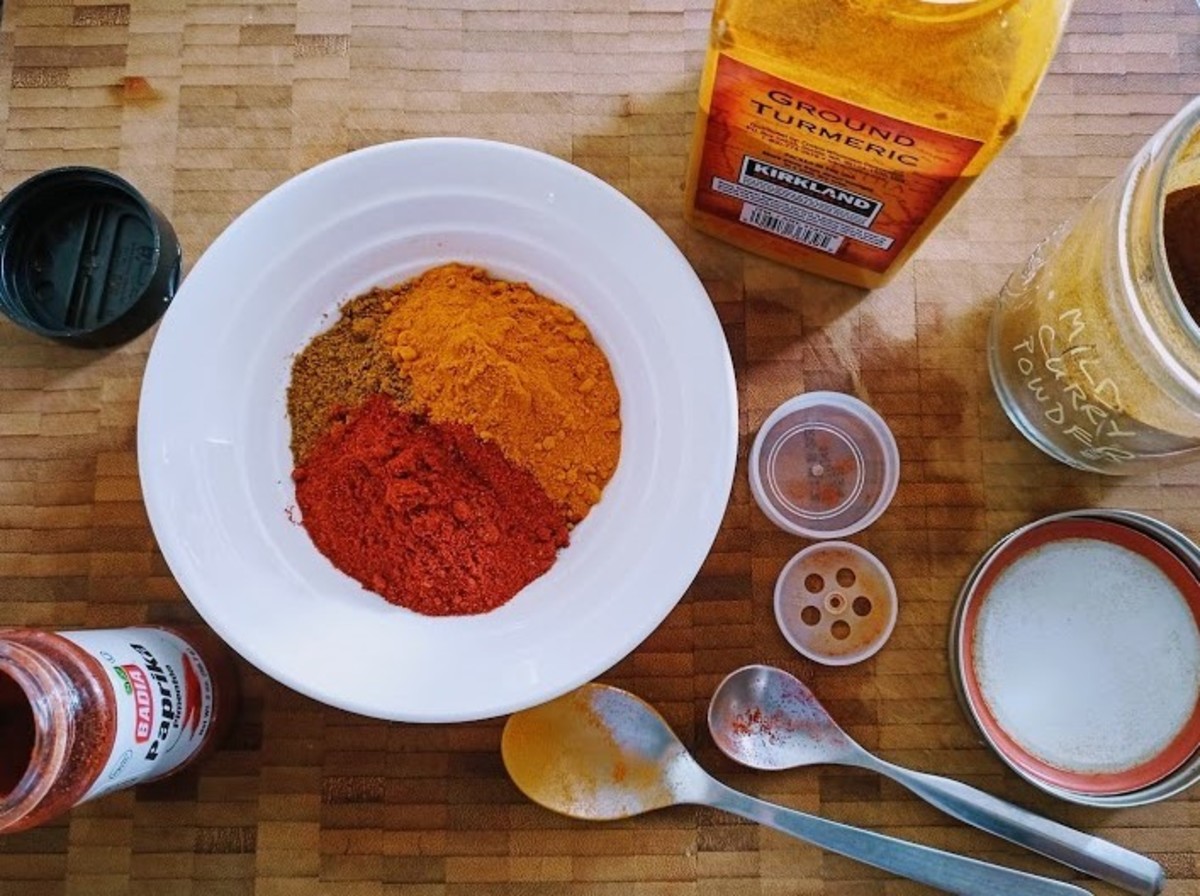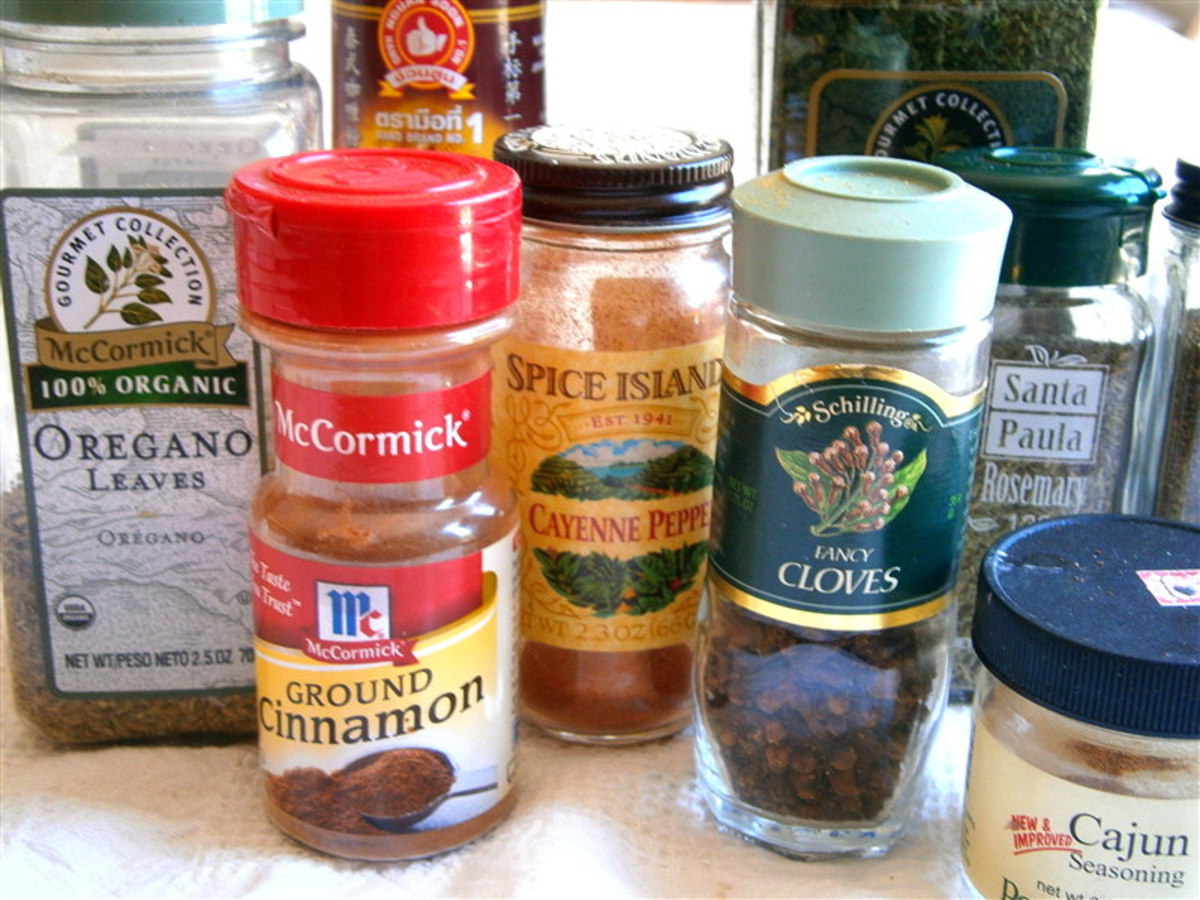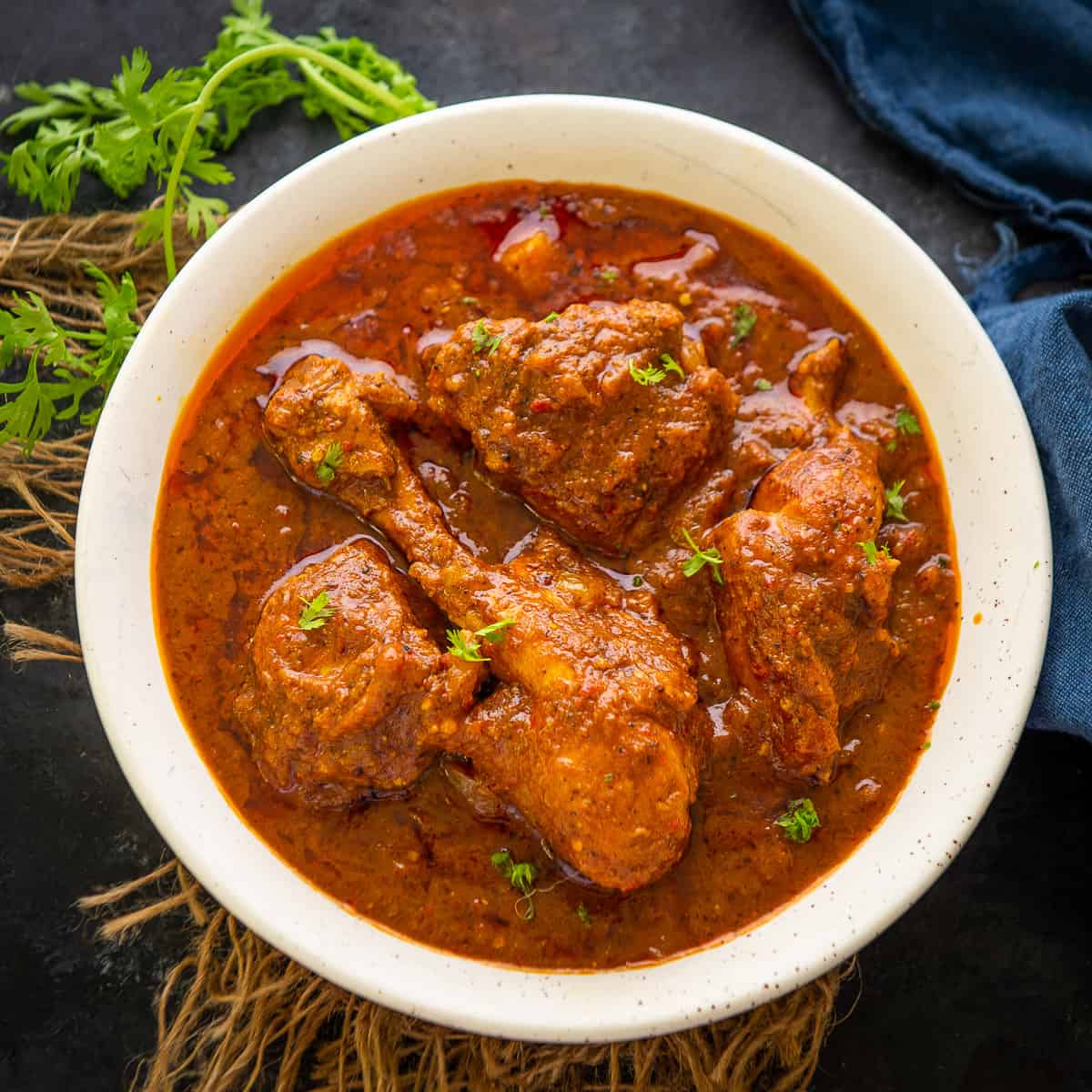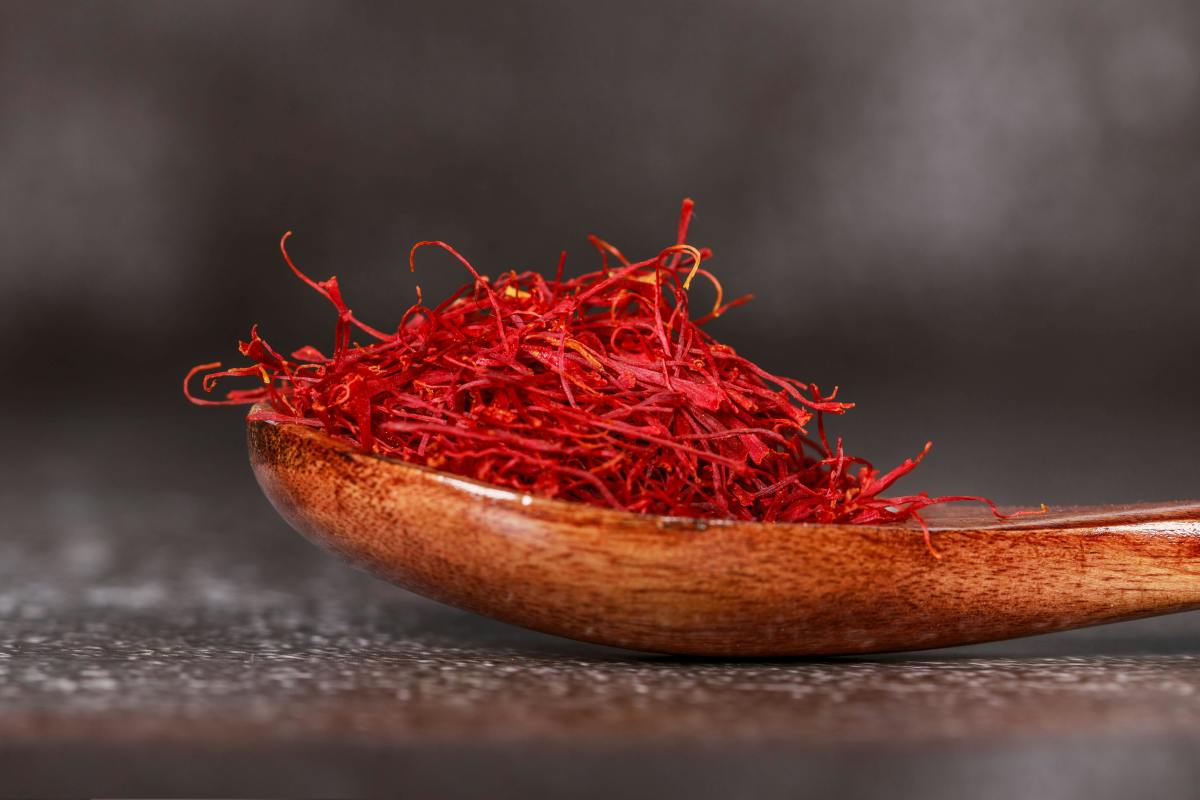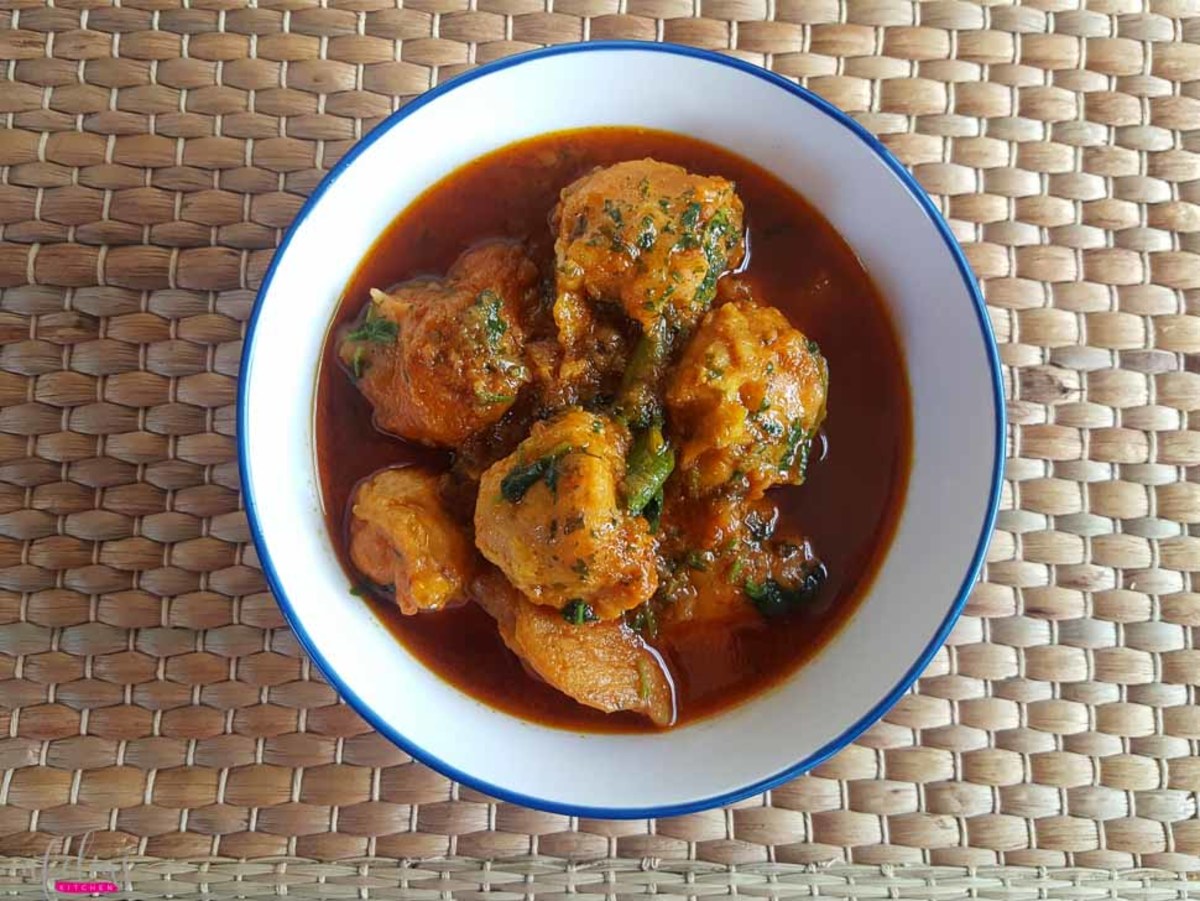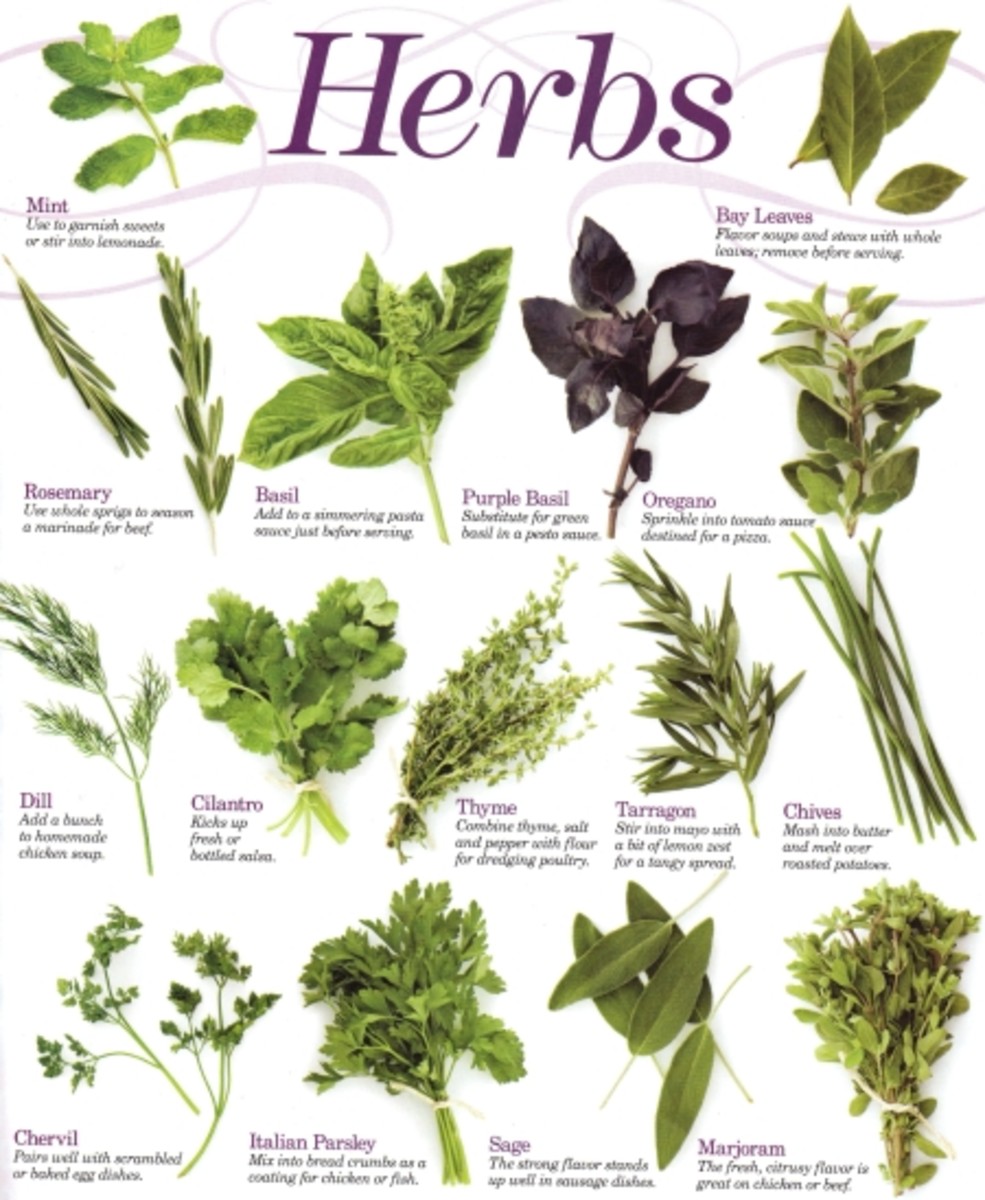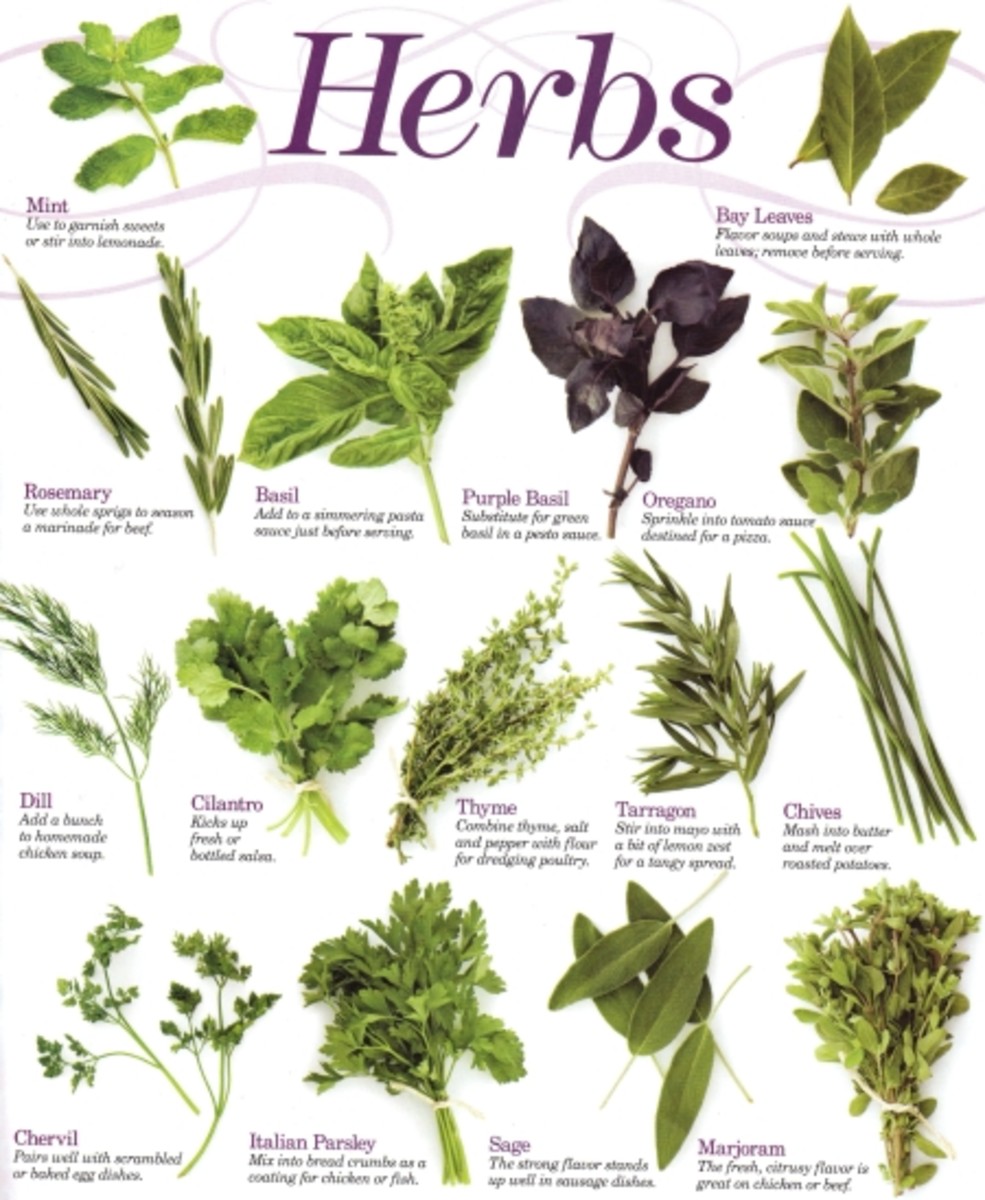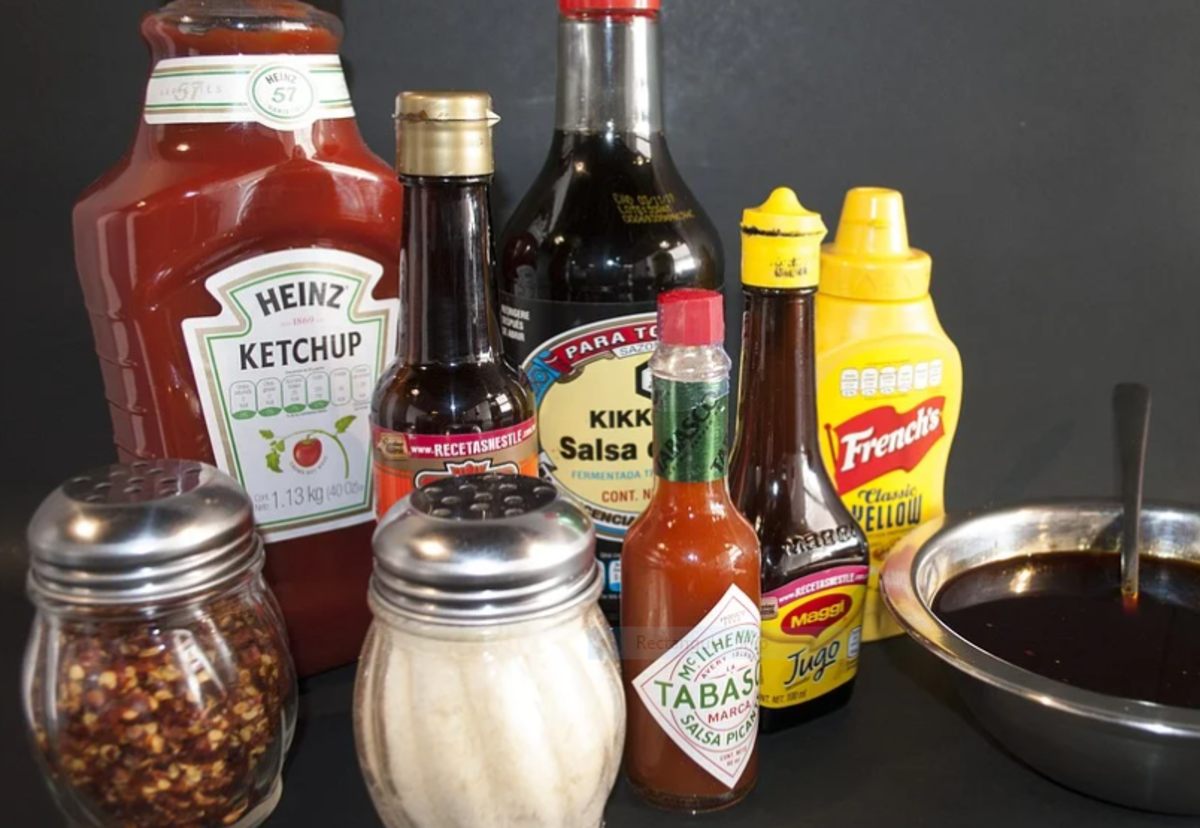- HubPages»
- Food and Cooking»
- Cooking Ingredients»
- Herbs & Spices
Curry Powder: A Blend of Spices
Curry comes from the Tamil word, "kari" meaning stew.
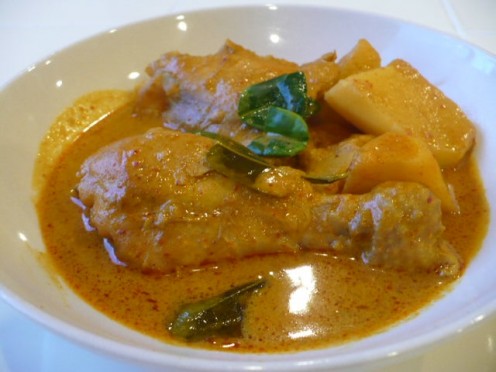
My hands are sweaty, my heart is beating a tad too fast and my mind clears, a slight euphoria has taken place and we’re not talking about eating spicy curry. The mere thought of writing a hub on curry got me all excited, after all, curry is an intimate part of my life.
I ate curry before I learned how to count. The aroma of curry wafted in and out of our house, like a guest that has found its way around the kitchen and is comfortable enough to wander around. Curry was the toast of every auspicious occasion and the go-to dish when my mother ran out of food ideas. It is tastefully divine, yet so disarmingly charming. It’s easy to fall in love with curry.
Curry powder….my favorite of spices and the one thing you will find in my pantry anytime.
What is Curry Powder?
Often curry is associated with a yellowish powder that produces aromatic spicy dishes but ask any curry aficionado and they will tell you that curry is a blend of spices. There are thousands of curry blends and each region or culture has their own special blends. Of course, you can invent your own blend too.
Types of Curry
Curry can be classified under colors: red, yellow or green. The choice of ingredients gives it the color.
They can also go by the names from which they originate: Thai curry, Penang red curry, Singapore curry, Indian curry or the mild Japanese curry.
And contrary to notions, not all curries are spicy. The sweet curry powder has a rich flavor without the heat. The spicy curries (commercially referred to as Madras) have a kick and differing levels of spiciness.
By now, you may be dying to know what is in curry. Yes?
Curry: cumulation of spices, explosion of taste.
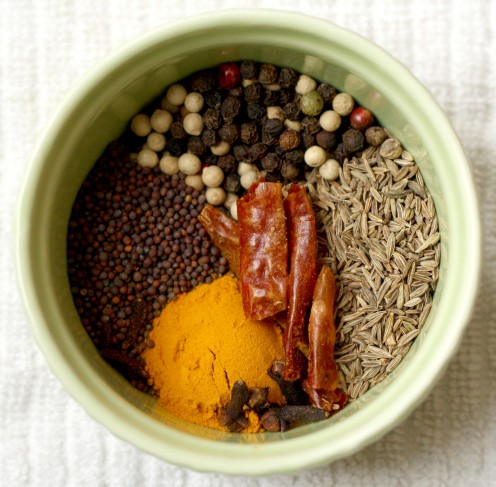
Fresh or ground, turmeric has a beautiful bright orange color.
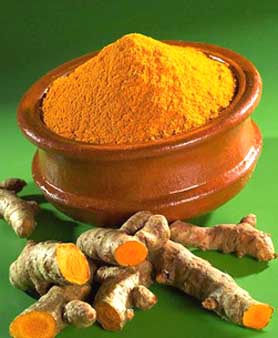
Cardamon pods
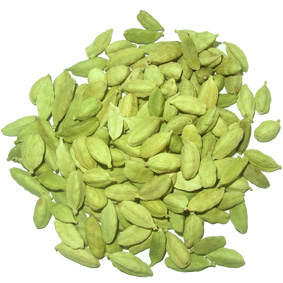
Flowers of the blue ginger (galanga) can be added to increase aroma.

Basic Ingredients
As noted, there are many blends of curries out there. In India, where curry supposedly originated, the basic formula is called Garam masala. This is commonly used in Northern India and there are about hundreds of masalas, each blended to bring out the flavor of the choice of foods. Southern India has its own mixture, called “sambhar powder.”
Ingredients:
- Turmeric
Tumeric or yellow ginger as it is affectionately referred to in Asia is bright orange in color. It is the active ingredient, curcumin that gives it the beautiful yellow hue. It imparts more than good looks. We’ll find out later just how curcumin is a health star in its own rights.
- Coriander Seeds
Coriander seeds naturally come from the Coriander plant, an herb commonly known as cilantro. The twin seeds of the coriander plant are very aromatic, like a cross between citrus and sage. It is best roasted and ground.
- Cumin Seeds
No, it’s not
a relative of curcumin. It stands on its own, with a distinctive nutty and
peppery flavor that is characteristic of Indian and Middle Eastern cuisines. A
small amount goes a long way.
- Chilies
The hit of curry powder comes predominantly from chilies used. It is also referred to as red pepper or cayenne. Green chilies are used to produce green curry.
- Fenugreek Seeds
The dried
seeds of a member of the pea family, whose name is too long to include here
adds another dimension to the curry blend. The health benefits of Fenugreek are many.
Cardamon
The pods of Cardamon
are often grounded and used to flavor curries, bread and pastries. Use
sparingly as the flavor can be overpowering.
The list is by no means exhaustive. Curry can get creative and ingredients can range from fresh ginger to black pepper to the aromatic flowers of galangal. For more interesting variations, check these resources:
A little Bit of History
Tracing the beginning of curry can get convoluted and different sources give slightly different variations. Without going into details, some of the basic spices used in curry specifically turmeric, cardamom, pepper and mustard can be traced back to India where they were cultivated in the Indus Valley in 3000 BC. Trade links soon brought these exotic spices to the Sumerians and Egyptians, where the first recorded recipe for meat with spicy sauce appeared on tablets found in Babylon, dated around 1700 BC.
Fast forward many centuries later, we know the British also has a very close claim on the use on curry. This is documented in the book, “History of Food,” by Maguelonne Toussaint-Samat.
“At the end of the nineteenth century, however, ready-prepared curry powder could be found for sale in Indian towns. Then, so the tale goes, an Englishman named Sharwood was dining with the Maharaja of Madras, who mentioned to him the shop kept by a famous master maker of curry powder called Vencatachellum. The Englishman visited it and obtained the secret of Madras curry powder, a mixture of saffron, turmeric, cumin, Kerala coriander and a selection of Orissa chilies..."
Health Benefits of Curry
- According to Gregory Cole, a researcher at the University of California—Los Angeles, the rates of Alzheimer’s disease are four times slower in India than in America. His studies suggest that curry powder may contain a powerful substance to protect the brain from damage that leads to Alzheimer’s.
- The National Center for Complementary and Alternative medicine cited animal studies where extracts of turmeric (curcumin) was found to protect joints against inflammation and damage. This finding can be potentially useful for those suffering from rheumatoid arthritis.
- The Multiple Sclerosis Resource Center also cited curcumin’s curative powers in treating multiple sclerosis, rheumatoid arthritis, psoriasis and inflammatory bowel disease in human and animal models.
- Mayo clinic says the anti-inflammatory and antioxidant qualities of curcumin can be a potent defense against many forms of cancer including colon, prostrate and breast cancers.
- Researchers at the Jean Mayer USDA Human Nutrition Research Center at Tufts University reveals additional incentives for including curcumin in the diet: curcumin appears to reduce weight gain and suppress the growth of fat tissue in mice an cell models.
Most of these studies are preliminary and therefore more research is necessary to validate claims.
Storage
Curry is available in different forms: powder, paste or canned. In Asia, fresh blends of curry can be obtained from the market and they are specially formulated to work with different category of foods: fish curry, meat curry or vegetables. These paste blends should be used within a few days.
Curry powder should be stored away in dark glass jars away from light as it can discolor turmeric. It also loses its pungency quickly, so make sure the containers are air-tight as well. Use within two months.
Canned and paste sealed in commercial pouches—check expiration dates. Refrigerate once they are opened.


